|
After a couple of quiet days in quarters, McCarty was ordered to have the men ready to march with three days’ provisions. They marched on Thursday, January 23, to Springfield, where McCarty was able to acquire a store of new shoes, stockings, and breeches. The men, some of whom were barefoot, lined up in the snow for the desperately-needed gear. On Saturday evening, his tasks completed, McCarty once again “took a walk to the country, where I got some cyder and a very good supper.” Quartermastering had definite perquisites. Again, on Sunday, he went “into the country,” took some lodgings and “stayed all day.” On Monday, Stephen’s severely understrength brigade headed out to look for the enemy. McCarty followed behind, responsible for the wagons. “Our Virginia troops had marched, and I got orders from General Stephen to follow on, and I marched to Westfield, and then to Scotch Plains, it being in the night and very muddy. I got lodgings at one Mr. Halsey’s.” There was was a regiment of Connecticut men in the field as well, commanded by Col. Andrew Ward. These were one-year men whose enlistments would be up in May. Ward's men had been begging to go home since December, however, and were beginning to desert. McCarty and his wagons caught up with the Virginians, commanded by Col. Charles Scott, and joined them in taking quarters at Quibbletown, a village known today as New Market. McCarty, like the other Virginians, was furious that Ward’s men didn't support them. “There was a body of above 400 men that never came up to our assistance till we retreated. Then they came up, but too late, and only some.” Their anger was soon directed back at the enemy when it was discovered that some wounded Americans had been murdered on the field. Several enemy soldiers (officers, according to McCarty), “went to the field where we retreated from, and the men that was wounded in the thigh or leg, they dash out their brains with their muskets and run them through with their bayonets, made them like sieves. This was barbarity to the utmost.” The murder of the wounded Virginians is confirmed by several sources. General Stephen wrote directly to British general Sir William Erskine to complain that six Virginians “slightly wounded in the muscular parts, were murdered, and their bodies mangled, and their brains beat out, by the troops of his Britannic Majesty.” He warned that such conduct would “inspire the Americans with a hatred to Britons so inveterate and insurmountable, that they never will form an alliance, or the least connection with them.” Stephen could think of no better threat than a reprise of Gen. Edward Braddock’s defeat in the French and Indian War. Stephen used his credentials as a survivor of that battle to insult and to intimidate the British general with over-the-top threats of Indian cannibalism. I can assure you, Sir, that the savages after General Braddock’s defeat, notwithstanding the great influence of the French over them, could not be prevailed on to butcher the wounded in the manner your troops have done, until they were first made drunk. I do not know, Sir William, that your troops gave you that trouble. So far does British cruelty, now a days, surpass that of the savages. In spite of all the British agents sent amongst the different nations, we have beat the Indians into good humour, and they offer their service. It is their custom, in war, to scalp, take out the hearts, and mangle the bodies of their enemies. This is shocking to the humanity natural to the white inhabitants of America. However, if the British officers do not refrain their soldiers from glutting their cruelties with the wanton destruction of the wounded, the United States, contrary to their natural disposition, will be compelled to employ a body of ferocious savages, who can, with an unrelenting heart, eat the flesh, and drink the blood of their enemies. I well remember, that in the year 1763, Lieutenant Gordon, of the Royal Americans, and eight more of the British soldiers, were roasted alive, and eaten up by the fierce savages that now offer their services. The fundamental British strategy in the Revolution was to empower Loyalists and to pacify rebels and persuade them to accept offers of amnesty. The plan clearly wasn’t working. Shortly after the Battle of Drake’s Farm, a loyalist wrote home: “For these two month[s], or nearly, we have been boxed about in Jersey, as if we had no feelings. Our cantonments have been beaten up; our foraging parties attacked, sometimes defeated, and the forage carried off from us; all travelling between the posts hazardous; and, in short, the troops harassed beyond measure by continual duty.” The Forage War was a brilliant (and still-unheralded) success for the Americans. Denying the enemy forage and forcing them to live in close quarters for several months had a cumulatively severe impact on them. Howe had more than 31,000 troops at New York on August 27, 1776. When spring came, he had lost between forty and fifty percent of those men to death, desertion, capture, or disease. That was not sustainable. 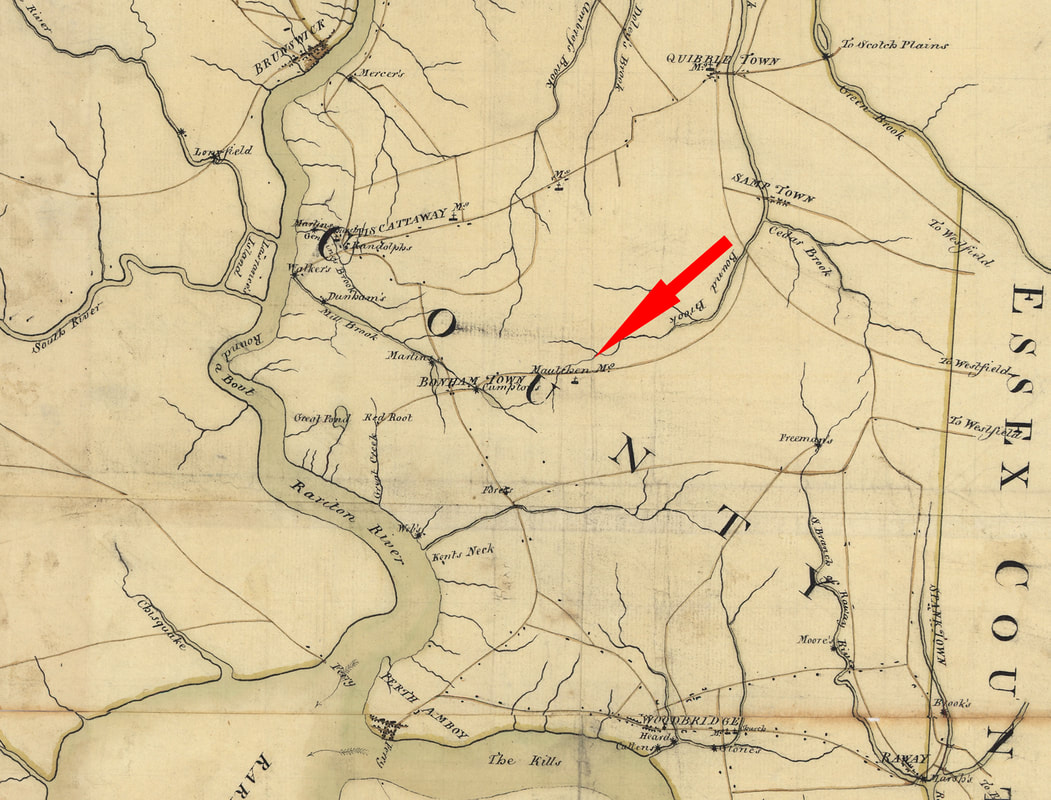 The Battle of Drake's Farm occurred at nor near Metuchen, N.J., half-way between major British outposts at New Brunswick and Perth Amboy. This 1781 map was drawn four years after the engagement. This map is oriented ninety degrees to the right of standard orientation, with the right facing to the north. (Library of Congress) More from The 8th Virginia Regiment
7 Comments
Sarah B Guest Perry
1/30/2022 07:53:17 am
Hi! Thank you for your post. I hope you don't mind that I shared it to my Facebook Southern American history group here If you do mind, just let me know and I'll take it down. Thanks, Sarah B, Guest Perry.
Reply
Sarah B Guest Perry
1/31/2022 10:47:55 am
yw.
Geoff
1/31/2022 12:57:09 am
Thanks Gabe! I read all your articles and look forward to the next ones.
Reply
Julie Lenox-Sharifi
5/9/2023 03:18:18 pm
I am so glad I stumbled across your site. I am a genealogist working on a clients tree and am researching her 6 times great grandfather, Thomas McCarty! I am transcribing his 1818 pension affidavit and that led me here. I would like to know if you would be willing to share the whereabouts of Thomas McCarty's diary you referred to. It would be a wonderful addition to to my report to tell my client where they can find it.
Reply
Gabe Neville
5/9/2023 11:42:11 pm
It's in the Draper Manuscripts. It was published in proceedings of the New Jersey historical society in 1964. Hope you'll share what you have on McCarty. Best to email via the webform on the contact page.
Reply
Leave a Reply. |
Gabriel Nevilleis researching the history of the Revolutionary War's 8th Virginia Regiment. Its ten companies formed near the frontier, from the Cumberland Gap to Pittsburgh. Categories
All
Archives
June 2024
© 2015-2022 Gabriel Neville
|
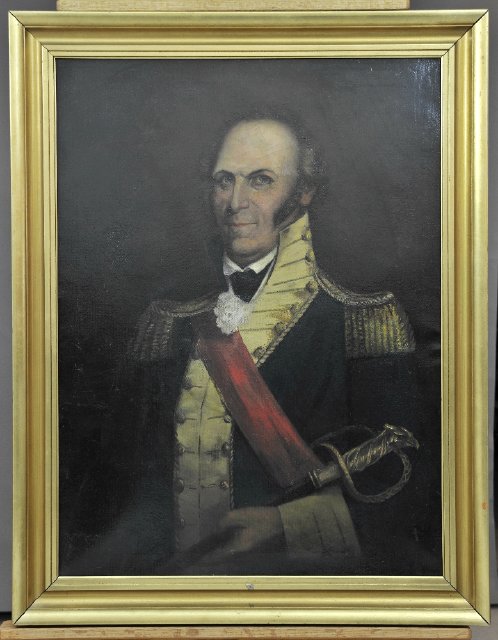
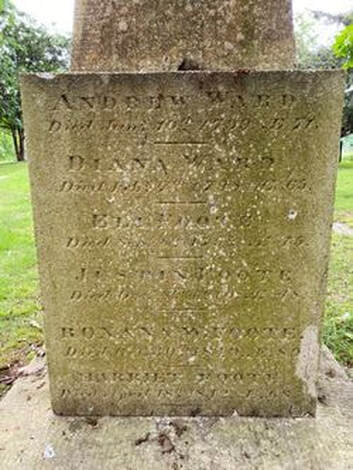
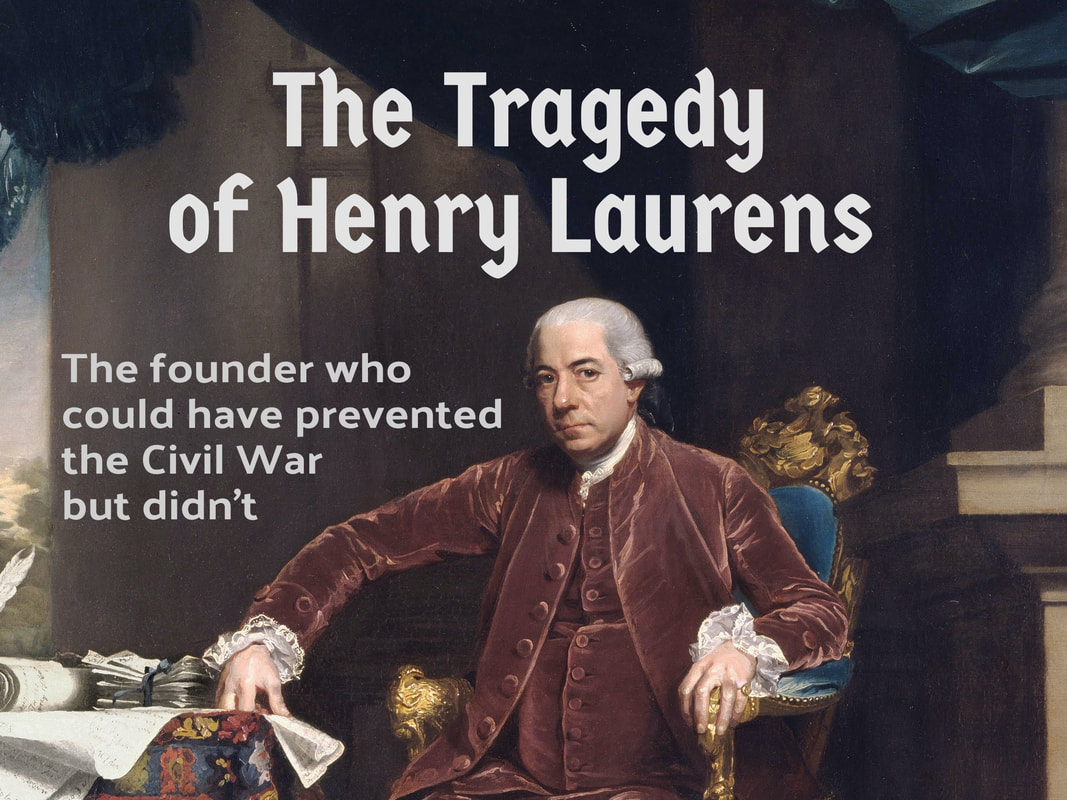
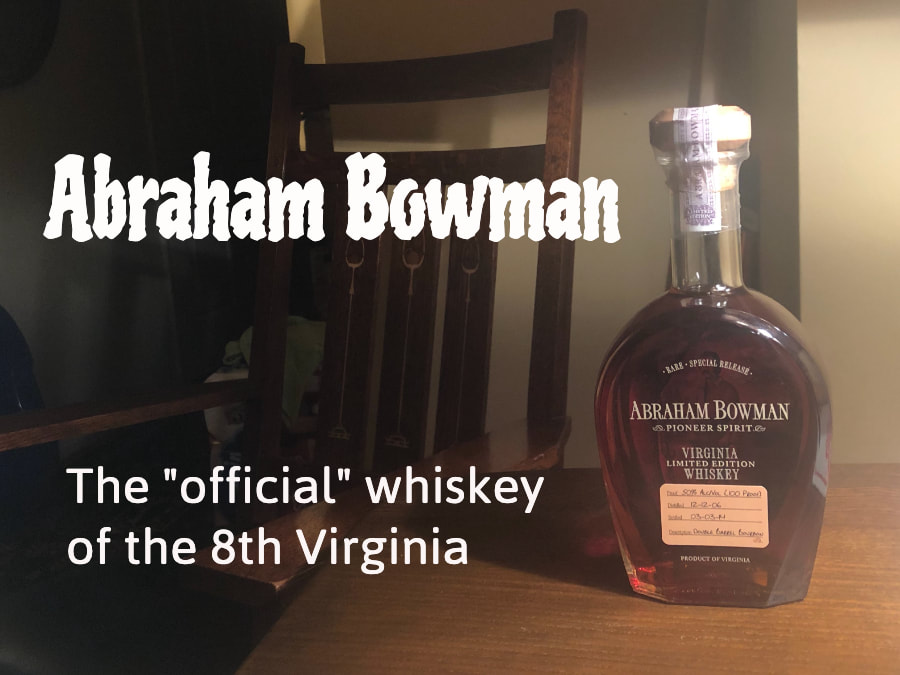
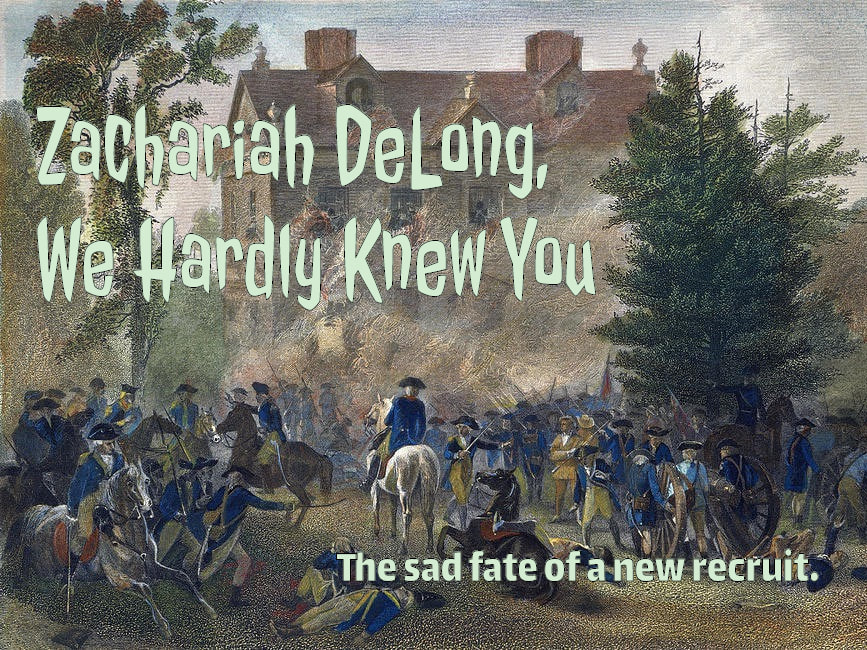

 RSS Feed
RSS Feed